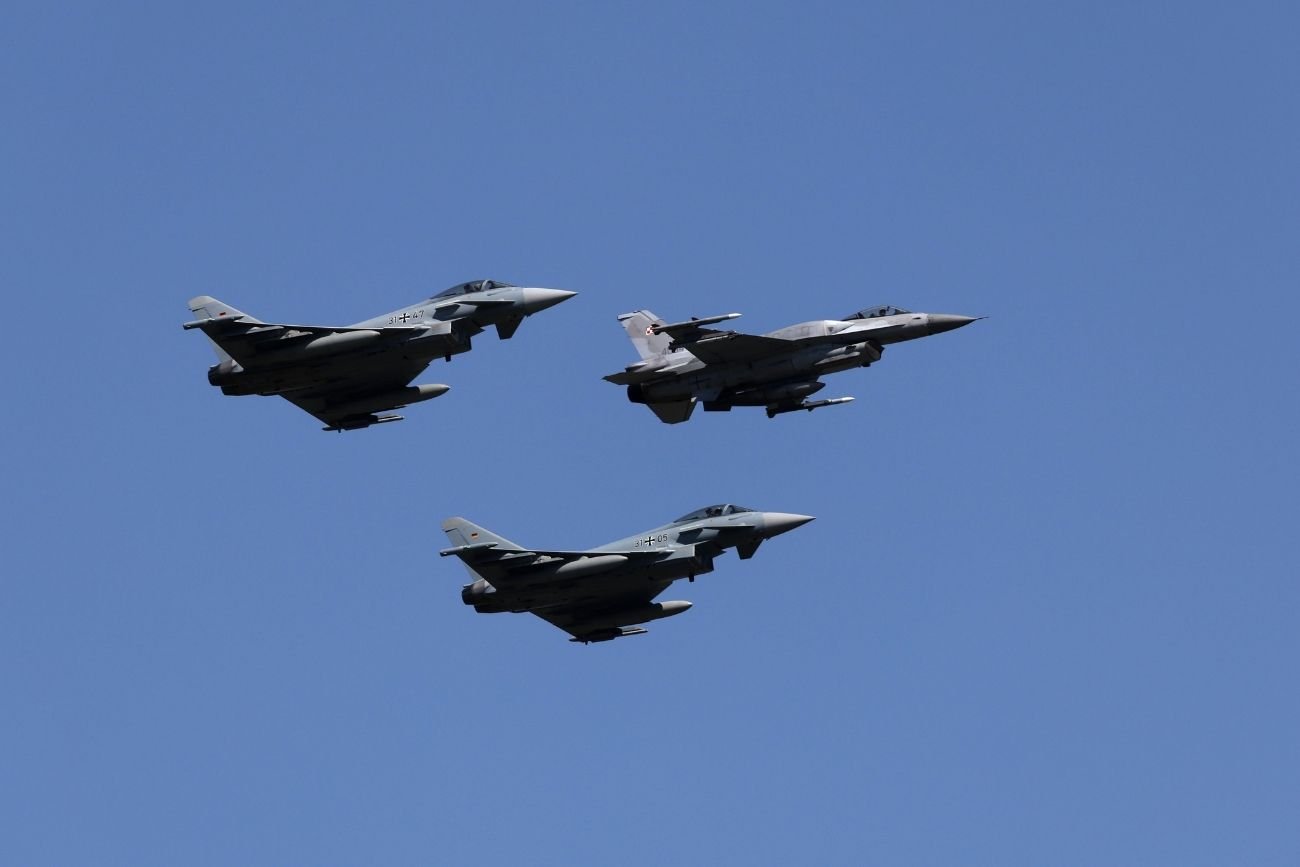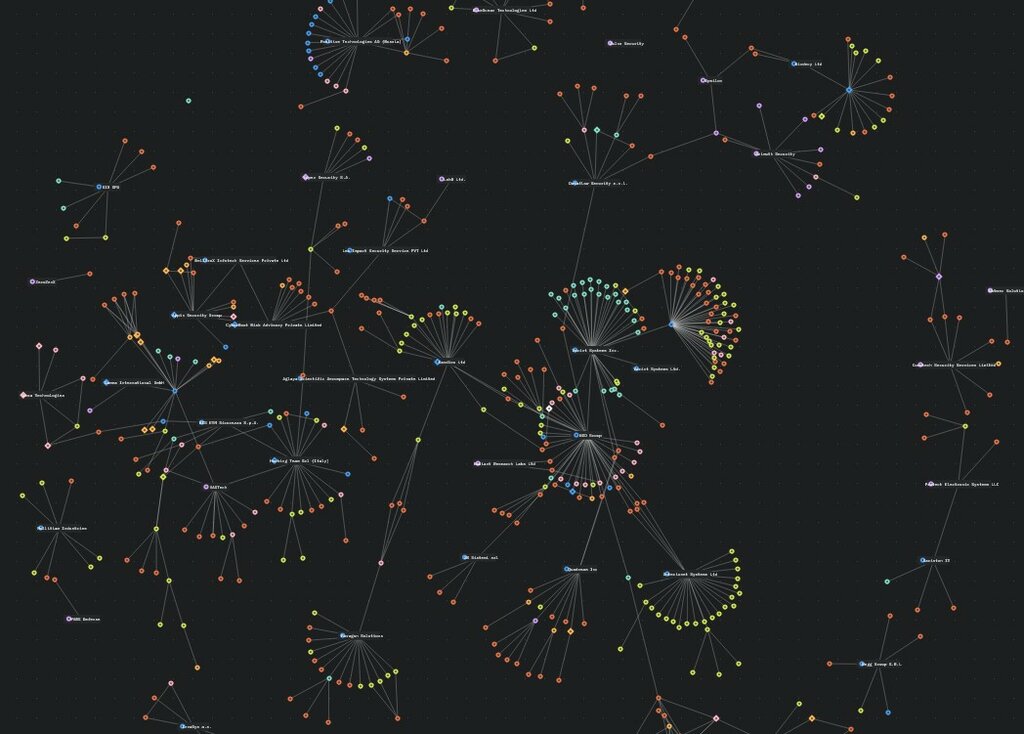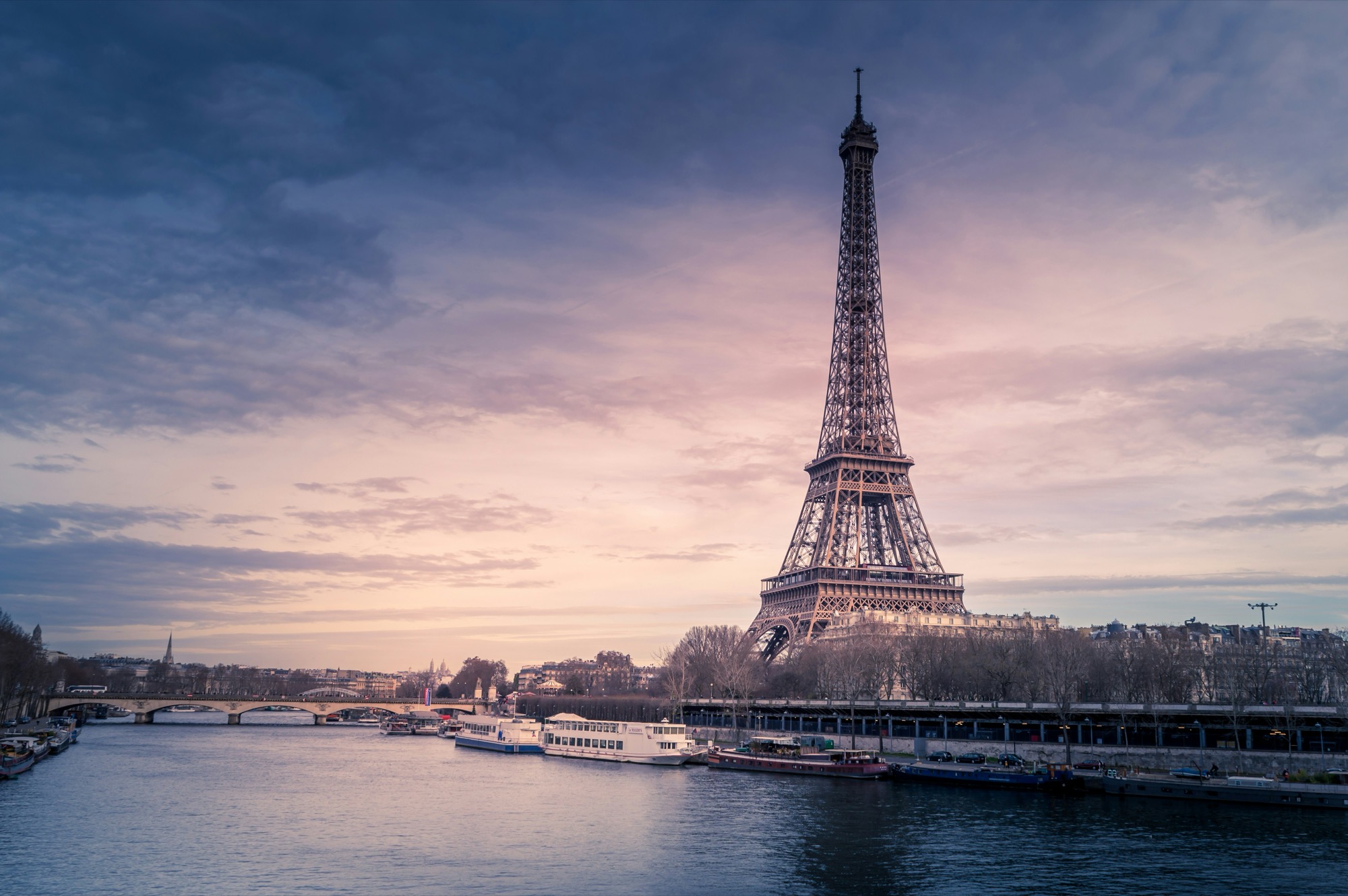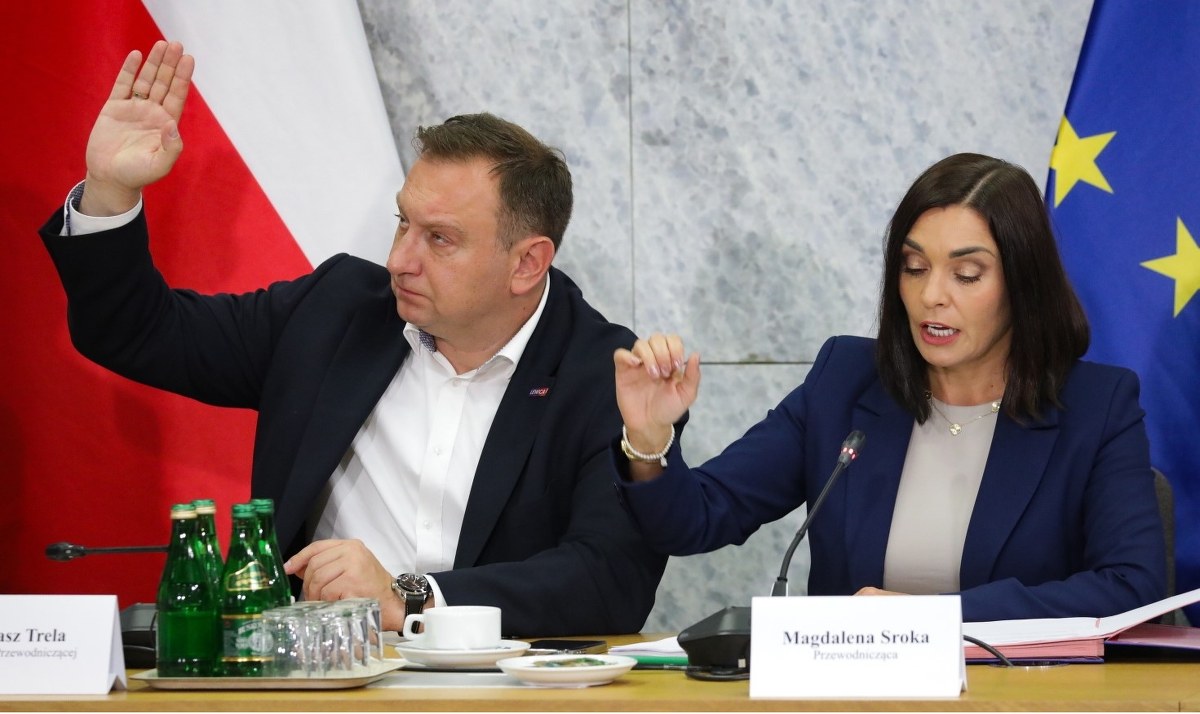St George's flags are appearing across Birmingham and surrounding areas as part of organised campaigns claiming to promote "love, unity and patriotism". The flags have become regular features in Weoley Castle, Northfield, Sutton Coldfield, parts of Solihull and the Black Country.
However, the unity message appears to be failing as the campaigns generate divisive rather than unifying reactions. Local residents are responding with strong emotions - either loving the flags because they feel represented or hating them because they feel targeted.
Symbol under scrutiny
The debate reflects broader concerns about far-right groups co-opting English national symbols. Critics argue that flying a flag inherently carries political meaning, comparing it to displaying Israeli or Palestinian flags as statements of support for causes.
According to The Express, 99% of 12,795 readers rejected claims that the St George's flag is racist, with only 1% agreeing. This contrasts sharply with ongoing debates about whether displaying English flags should be considered normal patriotism or potentially intimidating.
Economic context behind campaigns
The flags are appearing in areas where over half of children live in poverty, highlighting underlying socioeconomic grievances. Residents face struggling economies, shop closures, housing problems and inadequate public services like missed bin collections.
The i notes that American flag culture provides a stark contrast, where Stars and Stripes are displayed universally across ethnic communities without controversy. This highlights the unique challenges surrounding English national identity and patriotism.
Unity goals versus divisive reality
Local observers suggest the flag campaigns represent a cry for help that could unite communities around shared concerns. Issues like child poverty, economic decline and service failures affect residents regardless of background.
The challenge lies in delivering genuine unity rather than symbolism that inadvertently creates division. While the flags may fly with good intentions, the reaction suggests England's relationship with its national symbols remains deeply contested.
Sources used: "Birminghammail", "The i", "Express" Note: This article has been edited with the help of Artificial Intelligence.










